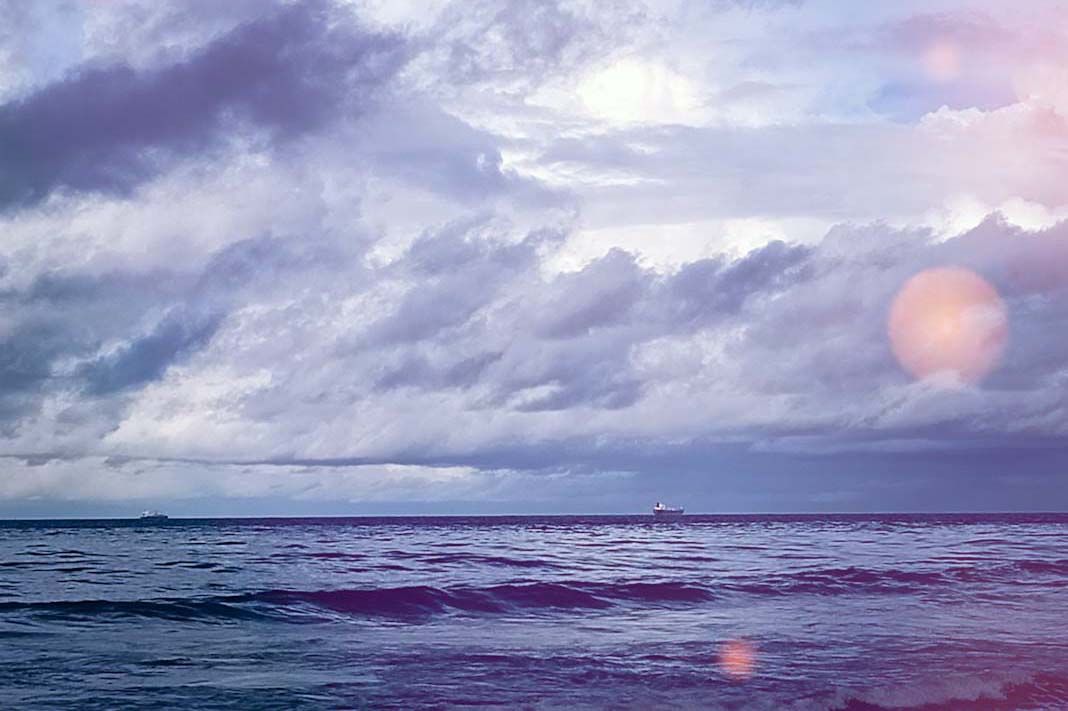
- VLGC rates remain near a 16-month high, driven by Indian port congestion and Panama Canal delays.
- European ports are witnessing notable growth, with Valenciaport reporting a 4.28% traffic increase.
- Hybrid and renewable-powered vessels are gaining traction, with multiple pioneering projects launched worldwide.
The Persian Gulf–Japan VLGC route continues to face significant upward pressure, with rates holding near a 16-month high. This is primarily due to congestion at key Indian ports combined with ongoing transit restrictions in the Panama Canal. These challenges are disrupting vessel scheduling and creating supply tightness, further sustaining the elevated freight environment, according to North West Seaport Alliance.
Port Developments
Valenciaport recorded a traffic increase of 4.28% between January and July, highlighting steady recovery and demand growth across European maritime trade. This upward movement reflects resilience in containerized traffic flows despite wider economic concerns and indicates continued regional competitiveness in Mediterranean port logistics.
Shipbuilding and Vessel Innovation
Wasaline has achieved a milestone by becoming the first operator to adopt plug-in hybrid technology on a U.S.-flagged service operation vessel, ECO Liberty. Alongside this, the launch of the world’s first hybrid solar-powered inland shipping vessel marks a decisive shift toward greener propulsion systems. Complementing these advancements, a European LNG terminal is adopting solar energy to curb emissions, while Nanjing Tanker Corporation has announced plans to build two new LR2 product/crude oil tankers. Together, these developments illustrate the industry’s push toward both sustainability and fleet modernization.
Did you subscribe to our daily Newsletter?
It’s Free Click here to Subscribe!
Source: Northwest Seaport Alliance
















